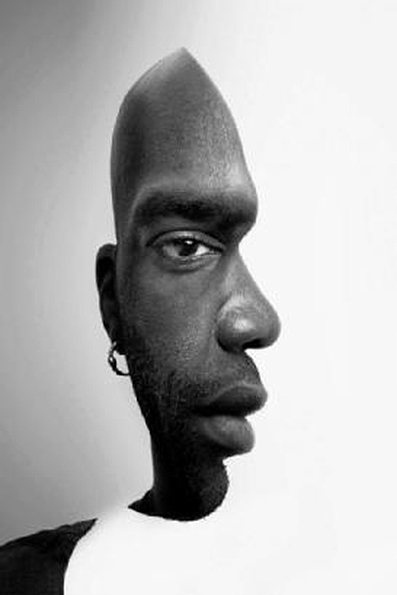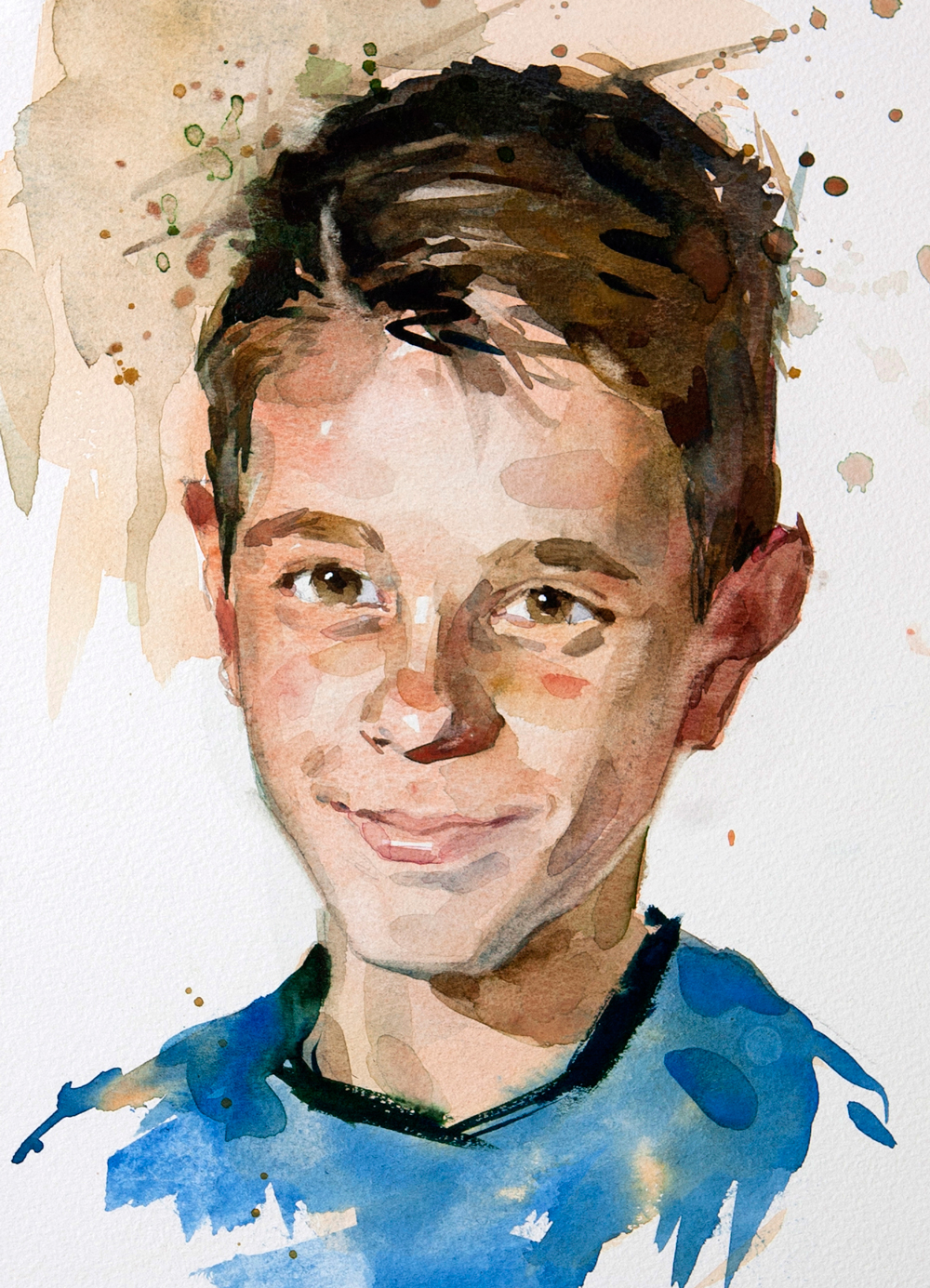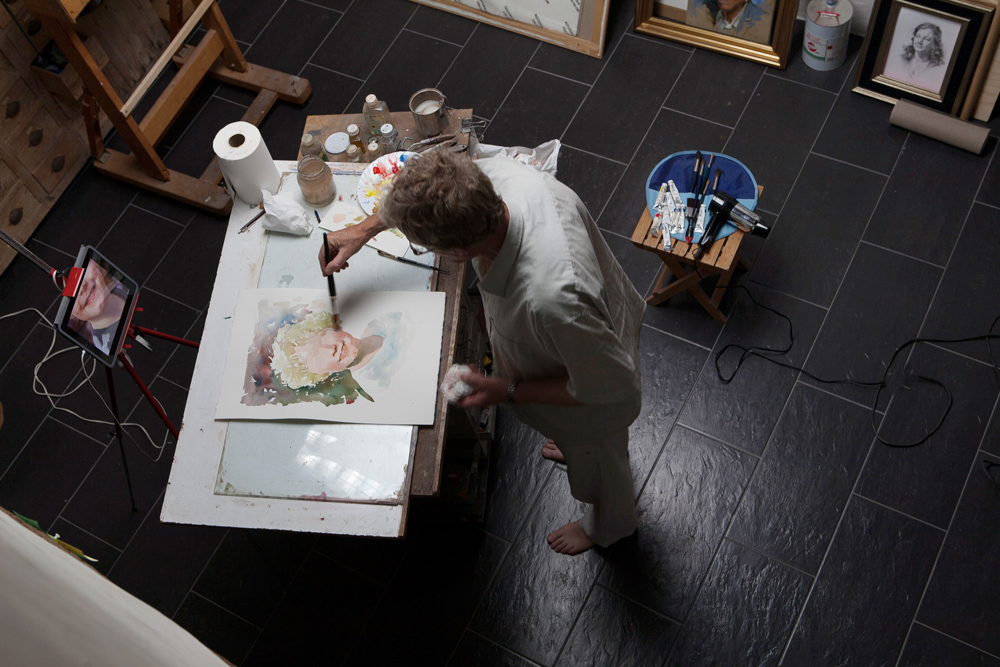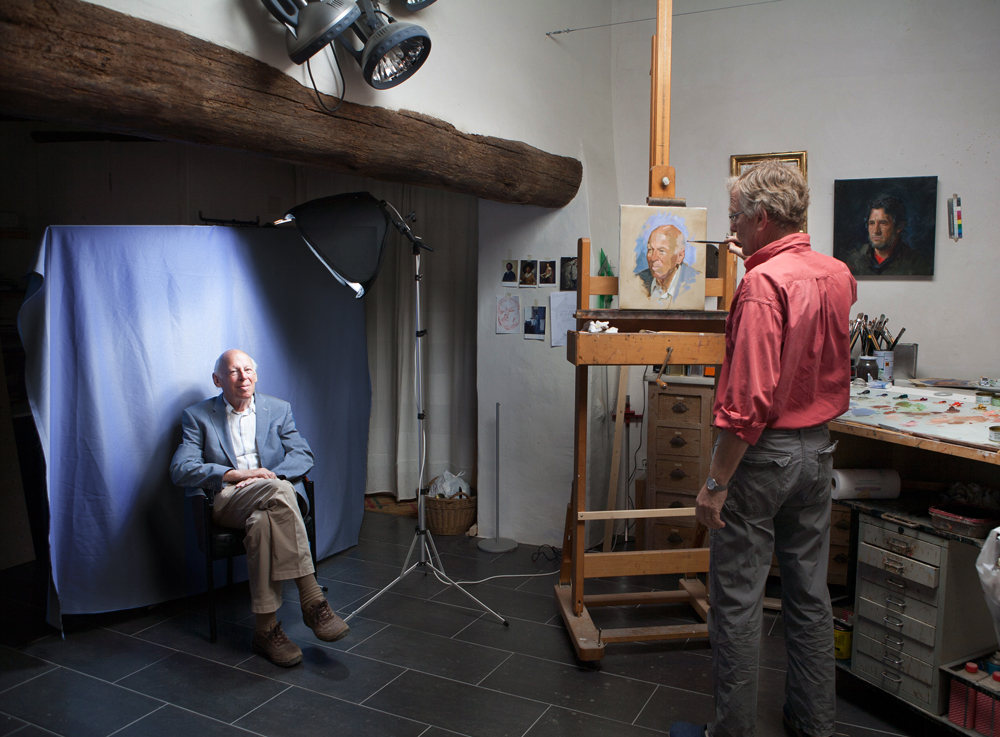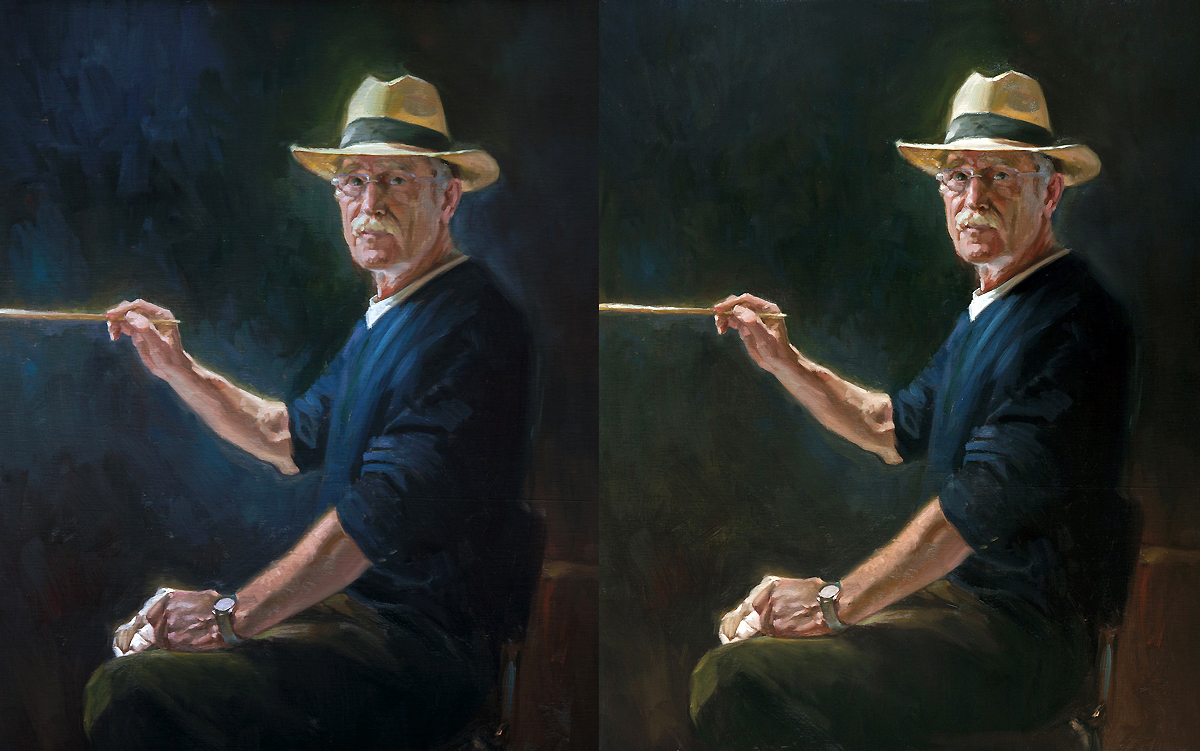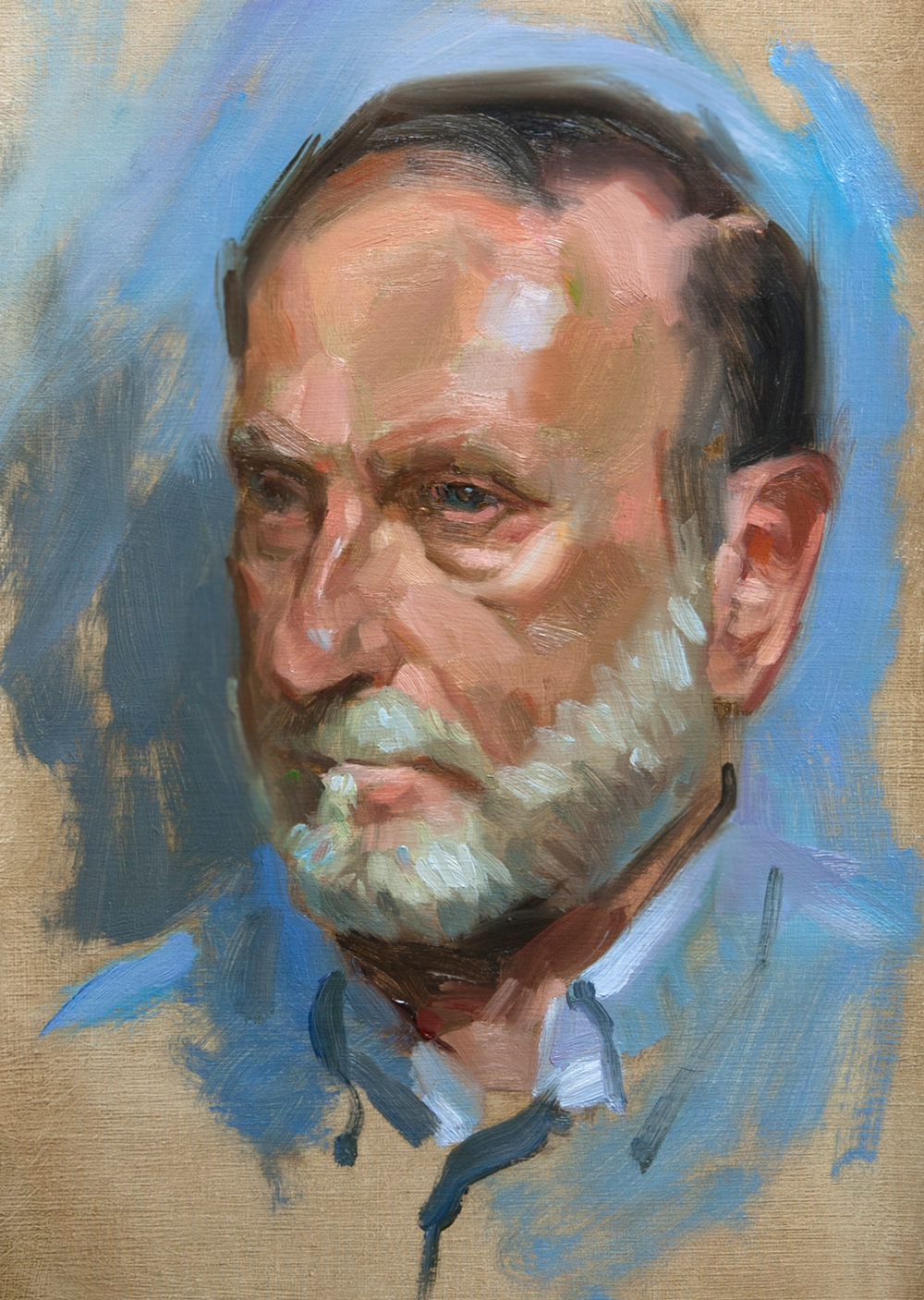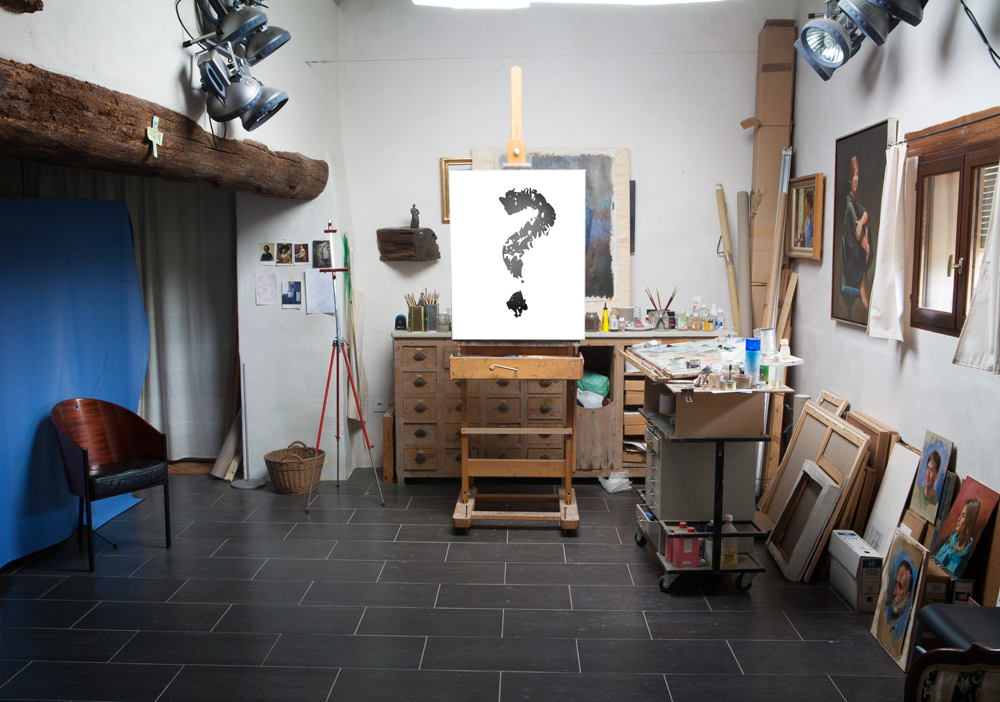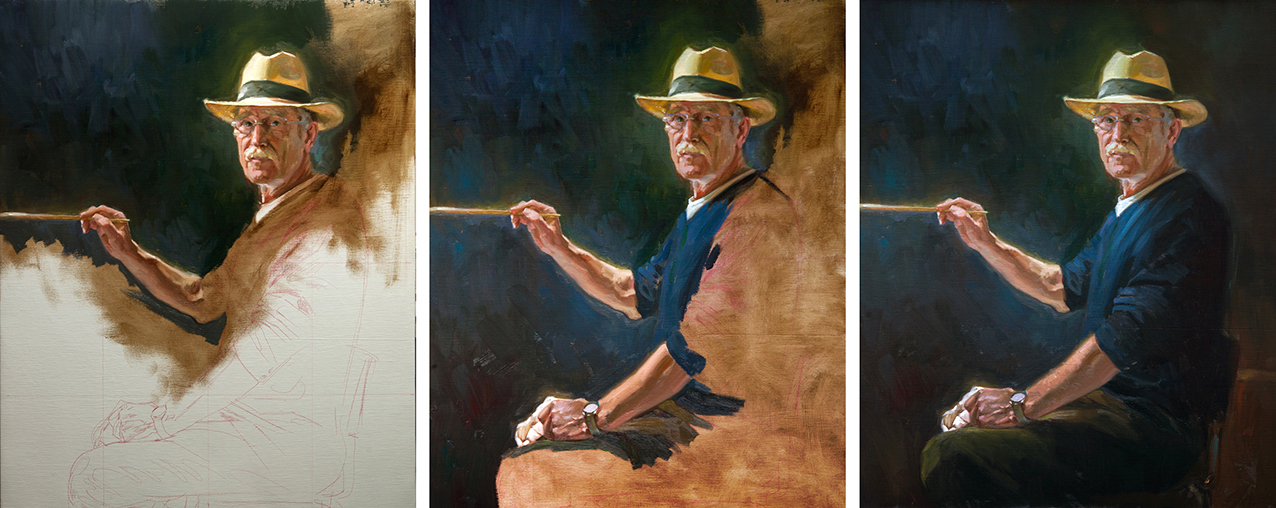I’m not a psychologist. I feel things and I think things in my simple way, and for convenience I assume that in this respect I am representative of a part of humanity. I asked myself: Why do I, and many others, love impressionist art?
Look closely at this picture and realize that, when you can see the two images separately you feel a kind of pleasure. At least I do. It’s similar when I find the solution to a cryptogram or a word puzzle. Recently I read this in an article about perception: “Studies have shown that when people struggle to find familiar shapes and are successful, they rate the work as “powerful”. Brain scans show very active neural activity as they struggle with the work. The brain sees the work as a puzzle and is pleased when it finds a solution”.
Often I have asked myself why I am indifferent to photorealism. In my opinion, part of the answer lies in the absence of the fun of the “aha” experience as described above. My common sense says: Everything is already to be seen and there is no challenge whatever for my brains. Therefore I suppose, I sometimes find photorealism boring.
Cheap mother wit? I don’t know, I am not a psychologist.

